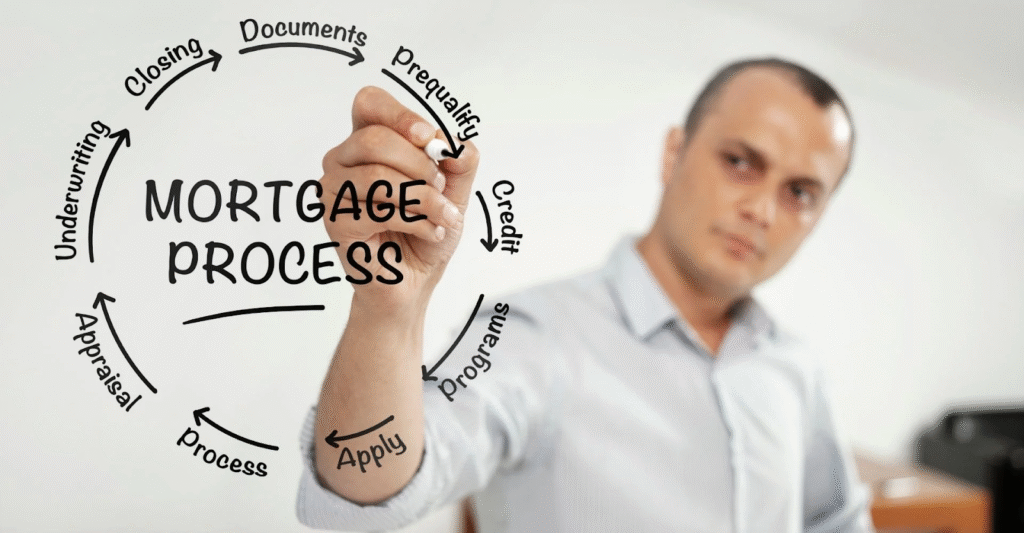For many aspiring homeowners, credit history becomes the most significant hurdle when applying for a mortgage. A low score often signals risk to lenders, yet it does not automatically disqualify someone from owning property. With the right approach, even a borrower with bad credit can explore tailored financing paths. From specialized programs to practical advice, there are numerous house loan options designed to open doors to homeownership.

Understanding the Challenges of Bad Credit
Creditworthiness forms the foundation of most lending decisions. Lenders use it to assess risk and establish loan terms. Those with poor credit histories often face higher interest rates, stricter requirements, or outright rejections. Yet, while traditional lenders may hesitate, others provide opportunities for a bad credit loan under specific conditions. Recognizing these obstacles is the first step toward identifying workable solutions.
FHA and Government-Supported Loans
Federal Housing Administration (FHA) loans remain one of the most common house loan options for buyers with compromised credit. These loans are backed by the government, which reduces the lender’s risk and makes approval more achievable. FHA loans often allow down payments as low as 3.5 percent, even with scores below what conventional loans demand.
Other government programs also extend assistance. The VA loan program benefits veterans and active military members, often requiring no down payment and offering competitive interest rates regardless of credit imperfections. Similarly, USDA loans are designed for rural and suburban properties, extending affordable mortgages to qualifying applicants. These initiatives ensure that a borrower with bad credit still has a chance at securing financing.
Subprime Lending and Alternative Paths
While government-backed options are advantageous, private subprime lenders provide another avenue. Subprime mortgages are specifically tailored for individuals with lower credit scores. They may come with higher interest rates, but they serve as a practical entry point into the housing market for those who cannot qualify elsewhere.
Rent-to-own agreements and owner financing also fall under unconventional house loan options. In such arrangements, buyers may bypass traditional mortgage qualifications altogether, creating pathways to homeownership without immediate reliance on mainstream financial institutions.
Strengthening Your Application
Even when seeking a bad credit loan, improving certain financial aspects can drastically change outcomes. Lenders consider more than just credit scores. Employment stability, savings, and overall debt-to-income ratio all play important roles. Paying down existing debts, maintaining steady income, and demonstrating a history of consistent bill payments can all elevate trustworthiness.
A larger down payment is another powerful tool. By contributing more upfront, the loan amount shrinks, reducing risk for the lender. This may also secure better terms, making it easier for a borrower with bad credit to manage monthly obligations.
Practical Loan Tips Guide
For individuals navigating challenging credit situations, the following strategies can serve as a loan tips guide:
- Check Credit Reports for Errors: Inaccuracies on reports are more common than expected. Correcting mistakes can quickly improve scores.
- Work with Specialized Lenders: Not all institutions view bad credit equally. Certain lenders cater specifically to these borrowers.
- Seek Pre-Approval: This step clarifies eligibility and strengthens negotiations when approaching sellers.
- Explore Co-Signers: A financially stable co-signer can provide the reassurance lenders require.
- Avoid New Debt: Accumulating additional obligations during the application process can hinder approval chances.
Building Toward Better Credit
While securing a bad credit loan is possible, long-term financial stability depends on credit rehabilitation. Responsible use of secured credit cards, consistent payment of obligations, and reducing overall debt gradually restore creditworthiness. Over time, this opens the door to refinancing at better rates, ultimately reducing lifetime borrowing costs.
Choosing the Right House Loan Option
The right mortgage path varies depending on individual circumstances. For some, FHA programs provide the best balance between lenient requirements and affordability. For others, subprime lending or creative financing offers immediate accessibility. Carefully evaluating interest rates, repayment structures, and total costs ensures the chosen plan aligns with financial capacity.
Working with housing counselors can also provide valuable insights. Many nonprofit organizations specialize in guiding individuals with challenging credit profiles, offering both education and advocacy. These experts help navigate the complexities of house loan options and ensure borrowers make informed decisions.
Credit difficulties should not prevent the pursuit of homeownership. With perseverance and knowledge, a borrower with bad credit can still secure the keys to their future home. From FHA-backed mortgages to subprime alternatives, viable house loan options exist for those willing to explore them. By applying strategies found in a practical loan tips guide and steadily improving financial health, buyers can transition from uncertainty to confidence.
Even with obstacles, the dream of owning a home remains achievable. It requires patience, preparation, and strategic choices, but the path is open for anyone determined to walk it.




More Stories
House Loan Prepayment Tips to Reduce Interest
Step by Step Guide to the House Loan Process
Essential House Loan Documents You’ll Need